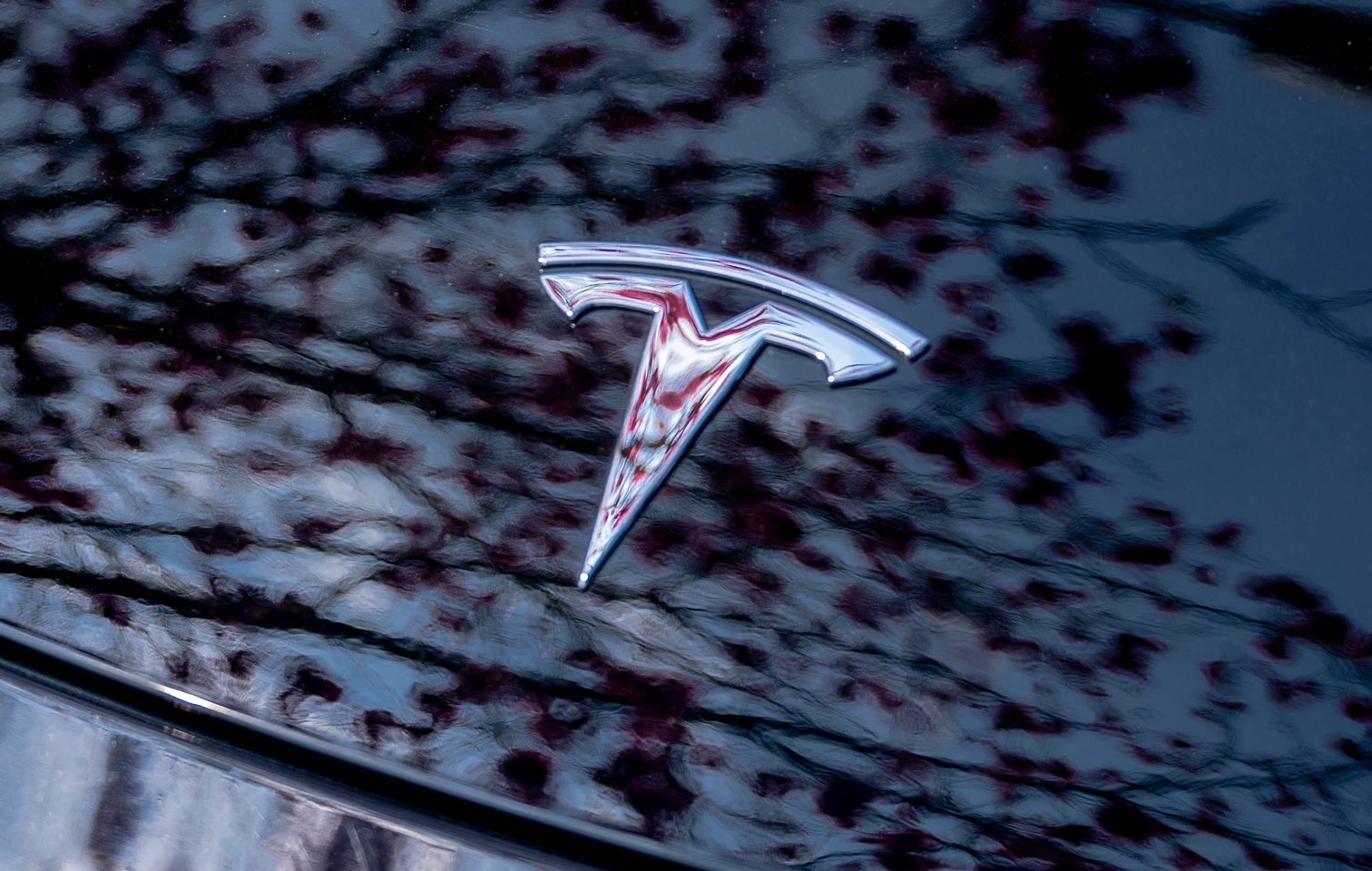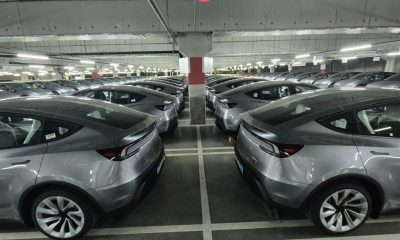Many in the Tesla and electric vehicle (EV) community have eagerly awaited the company’s rollout of a driverless ride-hailing service, and a few recent developments suggest that the company may be considering multiple U.S. cities for early pilot programs.
Tesla is in talks with Austin, Texas officials about rolling out early pilot programs for its self-driving robotaxis as early as next year, as reported by Bloomberg earlier this month, and echoing CEO Elon Musk’s previous aims to launch commercial robotaxis in 2025. As detailed in emails acquired by the publication through public record requests, a Tesla employee has already been discussing the deployment of such fleets since at least May, though the company has also been considering pilot deployment in other Texas cities.
“Tesla is still working to strategically find a city within Texas to deploy… The city of Austin is obviously on our roadmap, but has not yet been decided where we will deploy first as we have many options available,” wrote an employee in one email from November.
The report also said that Tesla reached out to the city of Austin ahead of its October 10 “We, Robot” event, during which it unveiled the Cybercab, and the employee expressed hopes to meet safety expectations in the city of Austin, along with training first responders on how to interact with autonomous vehicles.
Earlier this month, Tesla held an event at its Gigafactory in Austin to help train first responders on its autonomous vehicle technology, though the employee said it wouldn’t yet be used on public roads and would let officials know of any changes to that.
Tesla’s initial ride-hailing pilots could also target California, with internal tests already underway
During the company’s Q3 earnings call in October, Elon Musk also said that employees in the Bay Area, California were already testing ride-hailing services internally. Using the company’s development app, Tesla employees can already request rides and be taken to anywhere in the Bay, according to the CEO.
Both Texas and California cities make sense for Tesla’s initial rollout of commercial robotaxi services, especially given that Musk also said the company aims to debut ride-hailing services and “Unsupervised” Full Self-Driving (FSD) approval in both of these states in 2025, dependent upon regulatory approval. Musk also said that the current internal ride-hailing tests in the Bay Area utilize safety drivers initially, though it isn’t required to do so.
Watch Tesla’s FSD v13.2 navigate away from park in a tricky situation
READ MORE: Tesla is ramping its Cybercab testing sessions at Giga Texas
Earlier this month, a Deutsche Bank report noted that Head of Investor Relations Travis Axelrod said also said Tesla plans to utilize teleoperation during initial rollout of autonomous ride-hailing efforts, as a safety and redundancy measure. This will likely play a role wherever the company first deploys commercial ride-hailing efforts.
Tesla also teased a ride-hailing mobile app in its Q1 Shareholder Deck earlier this year, showing a summon button to order ride-hails, an estimated wait time, climate controls for during the ride, navigation details, and even the ability to select and cycle through music or other media options.
Credit: Tesla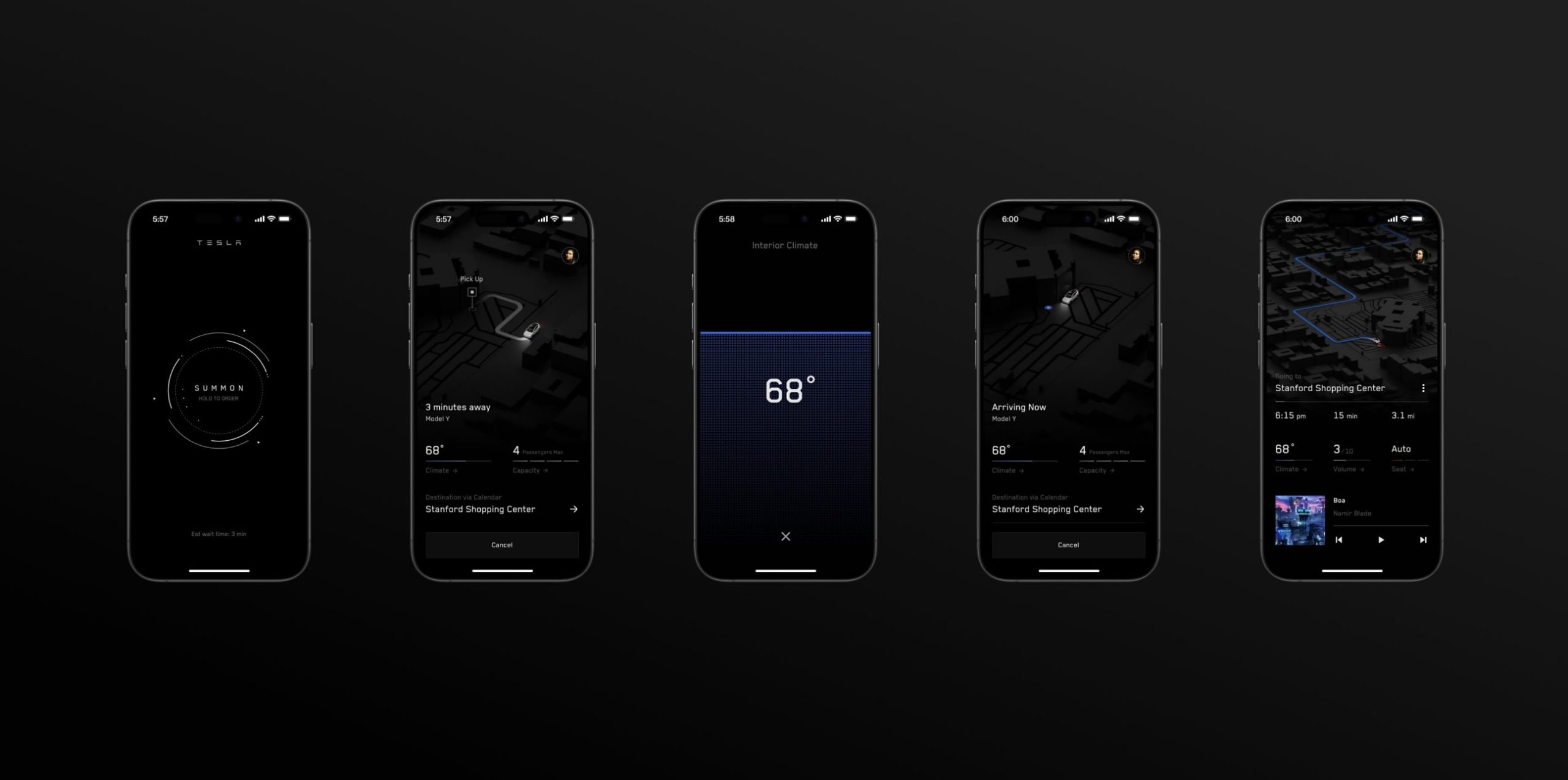
The mobile app avatar showed a Model Y, highlighting the ability for Tesla’s other vehicles to be eligible for ride-hailing operations through the Supervised Full Self-Driving (FSD) program, which is available to any owner who purchases the software through a subscription or one-time purchase.
Tesla Cybercab, Waymo and commercial robotaxis
We also learned in October that the Cybercab features a large touchscreen, in addition to excluding a steering wheel or pedals. You can catch our first ride in the Cybercab below, as captured during Tesla’s October 10 “We, Robot” event in Southern California.
?: Our FULL first ride in the @Tesla Cybercab pic.twitter.com/6gR7OgKRCz
— TESLARATI (@Teslarati) October 11, 2024
Both Texas and California make sense as locations Tesla would deploy early ride-hailing services, especially given its Fremont factory, Palo Alto engineering headquarters, and its competitor Waymo, which already operates paid driverless ride-hailing in San Francisco and Los Angeles.
Although Tesla isn’t expected to enter production with the Cybercab until 2026, the company’s other vehicles could be used to operate commercial self-driving at some point, though it also faces multiple competitors aiming to deploy these services.
Meanwhile, Waymo, the commercial robotaxi company backed by Google parent company Alphabet, has already been operating paid driverless ride-hailing in San Francisco since last year, and it has expanded services to Los Angeles, and Phoenix, Arizona throughout this year. This week, the company said it’s now giving over 150,000 paid driverless rides per week.
Amazon owns the driverless ride-hailing company Zoox, which has recently also gained some ground in deploying commercial self-driving ride-hailing vehicles in the Bay Area.
With General Motors (GM) recently announcing the end of its self-driving arm Cruise, one less future competitor remains for Tesla in the commercial robotaxi space. Musk joining the administration of incoming President Donald Trump is also widely expected to accelerate regulation efforts in the rollout of self-driving technology, though the urgency of the emerging market is quickly becoming clearer.
Still, Musk and Tesla supporters have argued that the company’s FSD will be more scalable than companies like Waymo utilizing geo-mapping efforts, due to its AI neural network model being trained on video footage from real-time drivers across the company’s ownership network. With added safety measures like teleoperation and safety drivers in its early rollout of commercial robotaxi services, Tesla may yet be able to gain enough public and regulatory trust to start deploying these services in the coming months.
What are your thoughts? Let me know at zach@teslarati.com, find me on X at @zacharyvisconti, or send us tips at tips@teslarati.com.
Need accessories for your Tesla? Check out the Teslarati Marketplace:
News
Volkswagen teams with Uber for robotaxi service with the ID. Buzz
Volkswagen and Uber team up to launch a driverless ID. Buzz robotaxi fleet in U.S. cities. Testing starts in LA this year.

Volkswagen of America and Uber unveiled a plan to launch a commercial robotaxi service using autonomous electric ID. Buzz vehicles across U.S. cities over the next decade. The partnership marks a significant step for Volkswagen’s autonomous vehicle ambitions, leveraging Uber’s ride-hailing expertise.
The service will debut in Los Angeles by late 2026, with human safety operators initially overseeing the fleet before transitioning to fully driverless operations in 2027. Volkswagen ADMT, the German automaker’s autonomous subsidiary, will begin testing in Los Angeles later this year upon securing a testing permit from the California Department of Motor Vehicles. The California Public Utilities Commission will oversee permits for the commercial ride-hailing phase.
“Volkswagen is not just a car manufacturer — we are shaping the future of mobility, and our collaboration with Uber accelerates that vision,” said Christian Senger, CEO of Volkswagen Autonomous Mobility. “What really sets us apart is our ability to combine the best of both worlds–high-volume manufacturing expertise with cutting-edge technology and a deep understanding of urban mobility needs.”
The Trump administration’s recent policy shift, announced last Thursday by Transportation Secretary Sean Duffy, supports initiatives like VW and Uber’s partnerships by easing federal safety rules and crash reporting requirements on autonomous vehicle development. According to Duffy, the United States government wants to outpace Chinese competitors in autonomous vehicle development.
Volkswagen ADMT, which launched publicly in July 2023, has been testing 10 ID. Buzz vehicles equipped with Mobileye’s autonomous technology in Austin, reported TechCrunch. Two years ago, Volkswagen focused on selling self-driving vans and fleet management software rather than building its own ride-hailing service. VW’s strategy toward autonomous vehicles appears to have shifted, as reflected in its Uber partnership.
Uber will strengthen its autonomous vehicle portfolio through its partnership with Volkswagen. The ride-hailing service company has secured deals with over 14 firms, including Waymo in Austin and a forthcoming launch in Atlanta.
The Volkswagen-Uber collaboration positions both companies to capitalize on the growing robotaxi market. With testing imminent and regulatory support increasing, the ID. Buzz fleet could redefine urban mobility, blending Volkswagen’s manufacturing prowess with Uber’s ride-hailing network to compete in the evolving autonomous vehicle landscape.
News
These automakers are pushing to overturn California’s gas car ban
This lobbying group represents Detroit’s Big Three automakers, as well as several others selling vehicles in the U.S.
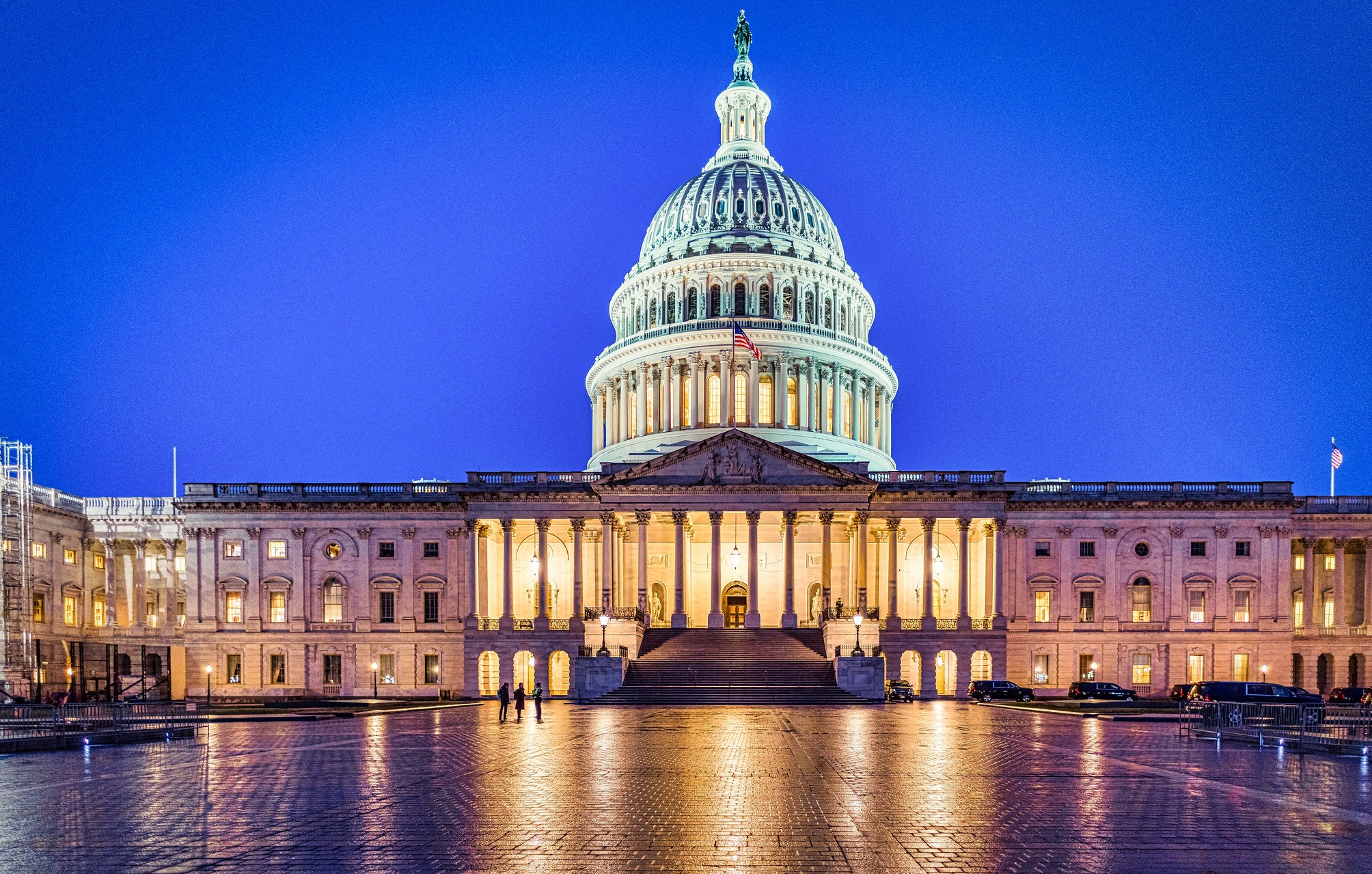
A lobbying group made up of several automakers is pushing Congress to ban California’s plan to phase out and ban new gas car sales altogether by 2035, ahead of a vote that could also affect the 11 other states that have followed with similar plans.
The Alliance for Automotive Innovation (AAI), an organization representing the interests of Ford, General Motors (GM), Stellantis, Toyota, Volkswagen, Hyundai, and several others, recently sent a letter to Congress requesting that it overturn a waiver granted to California letting it set its own emissions rules.
Later this week, the U.S. House of Representatives will vote on overturning the waiver granted to California under the 1968 Clean Air Act to impose the tightened standards, according to Reuters. In the previous letter, the AAI argued to Congress that automakers would be “forced to substantially reduce the number of overall vehicles for sale to inflate their proportion of electric vehicle sales,” adding that it would also boost prices and reduce competition in the market.
The waiver, enacted under the Biden administration’s Environmental Protection Agency (EPA), allows California to mandate at least 80 percent electric vehicle sales by 2035 under the Clean Air Act. The passage of disapproval of the waiver is being ushered under the Congressional Review Act, and an initial vote in the House of Representatives is set to take place on Wednesday.
READ MORE ON STATE EMISSIONS RULES: Tesla could face emissions credit tax in Washington
The U.S. Court of Appeals for the District of Columbia backed the EPA’s decision to grant the waiver last April, following a challenge from 17 Republican-run states. The group claimed that California was being given unconstitutional regulatory power in the decision, adding that other states didn’t have those same powers.
In December, the U.S. Supreme Court agreed to hear out bids from Valero, the AAI, and other groups to oppose the 2035 California gas car sales ban, which would begin phasing them out in 2026 if the waiver remains in place.
You can see the full list of members of the AAI below, including automakers and a handful of other tech companies.
Companies represented by the Alliance for Automotive Innovation (AAI)
Here’s the full list of AAI members, according to the lobbying group’s website:
- AESC
- AISIN
- Aptiv
- Autoliv
- BMW Group
- Bosch
- Denso
- Emergency Safety Solutions
- Ferrari
- Ford
- GM
- Harman
- Honda
- Hyundai
- InEos Automotive
- Infineon
- Isuzu
- Jaguar-Land Rover
- Kia
- LG
- Luminar
- Magna
- Mazda
- McLaren
- Mercedes-Benz
- Mitsubishi Motors
- Nissan
- Nuro
- Panasonic
- Porsche
- Qualcomm
- RV Industry Association
- Samsung
- SiriusXM
- SK On
- Stellantis
- Subaru
- Texas Instruments
- Toyota
- Uber
- VinFast
- Volkswagen
- Volvo
- Zoox
California proposal to allow self-driving tests for heavy-duty trucks
News
Neuralink’s third brain chip patient shares first video edited with BCI
The third Neuralink brain chip patient is the trial’s first patient with ALS and its first non-verbal patient, and he has detailed his experience regaining speech and more.
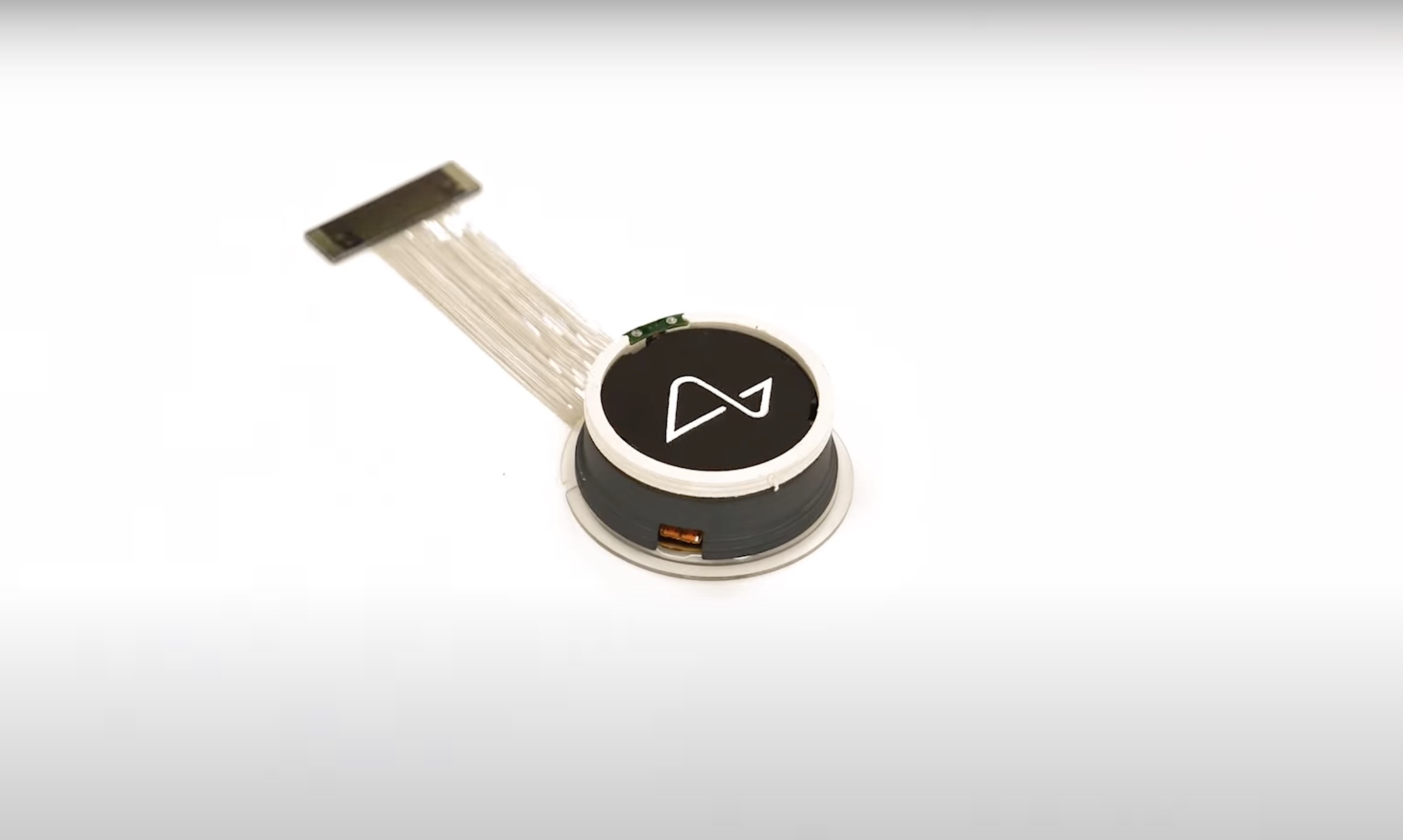
Elon Musk’s Neuralink has officially installed its brain-chip interface (BCI) into a third human patient, and the individual shared a video this week detailing his experiences gaining control of external devices and regaining the ability to talk through the use of AI.
On Monday, X user Bradford G Smith shared a video detailing his experience as the third person in the world to receive the Neuralink BCI, and as the first non-verbal patient and the first with Amyotrophic Lateral Sclerosis (ALS) to receive the implant. In the video, Smith details how the BCI works, how it’s less limiting than his previous eye tracker technology, and how it has literally helped him regain his voice through AI.
“I am typing this with my brain,” Smith wrote. “It is my primary communication.”
The video, which he says is the first edited directly with a BCI, is narrated by an AI-generated version of his old voice. Prior to the BCI, he was also unable to leave the house using his eye tracker, as it made it difficult to communicate unless he was in dark or low-light settings.
The video also shows how he’s able to connect with external devices using the BCI, with a live shots of him controlling his computer using a cursor.
You can see the full update below, which runs a little under 10 minutes.
READ MORE ON NEURALINK: Elon Musk: over 1,000 humans with Neuralink implants in 2026 is feasible
The news follows Neuralink’s initial update with Brad and other initial BCI patients, as was shared in a post on the company’s website in February. In it, Brad also explained how groundbreaking it was to be able to communicate outside and see his son win a robotics award, along with being able to consider leaving the city area for the first time in half a decade:
The most significant thing that happened this week will sound strange to you: I got to use the computer on the porch, and it worked!!
I went to [my child’s] soccer game, and the referee thought I was sleeping. I was actually able to talk outside. I [am] actually thinking about traveling outside the [city] metro [for] the first time in 5 years.
Both of Neuralink’s studies focus on restoring autonomy to people who are paraplegic through the use of external devices. The company gained initial approval from the U.S. Food and Drug Administration (FDA) to install the first BCI in a human patient in May 2023, with Noland Arbaugh being the first, a patient named Alex being the second, and Brad being the third.
Neuralink opened its Patient Registry worldwide earlier this month, allowing participants to submit to take part in the company’s initial PRIME and CONVOY studies. The firm also announced plans to operate the PRIME study out of a second location in Miami, Florida in January, after an initial location was launched in Phoenix, Arizona.
Last week, it was reported by Bloomberg that Neuralink is currently targeting a $500 million funding round at a valuation of $8.5 billion. Meanwhile, Neuralink has also been constructing office buildings near Austin, Texas, which initially aimed to be completed in May 2025.
-

 News1 week ago
News1 week agoTesla’s Hollywood Diner is finally getting close to opening
-

 Elon Musk2 weeks ago
Elon Musk2 weeks agoTesla doubles down on Robotaxi launch date, putting a big bet on its timeline
-

 News4 days ago
News4 days agoTesla is trying to make a statement with its Q2 delivery numbers
-

 News2 weeks ago
News2 weeks agoTesla’s top investor questions ahead of the Q1 2025 earnings call
-

 News2 weeks ago
News2 weeks agoUnderrated Tesla safety feature recognized by China Automotive Research Institute
-

 News2 weeks ago
News2 weeks agoTesla reveals its Q1 Supercharger voting winners, opens next round
-

 News2 weeks ago
News2 weeks agoTesla police fleet saves nearly half a million in upkeep and repair costs
-

 Investor's Corner7 days ago
Investor's Corner7 days agoLIVE BLOG: Tesla (TSLA) Q1 2025 Company Update and earnings call

